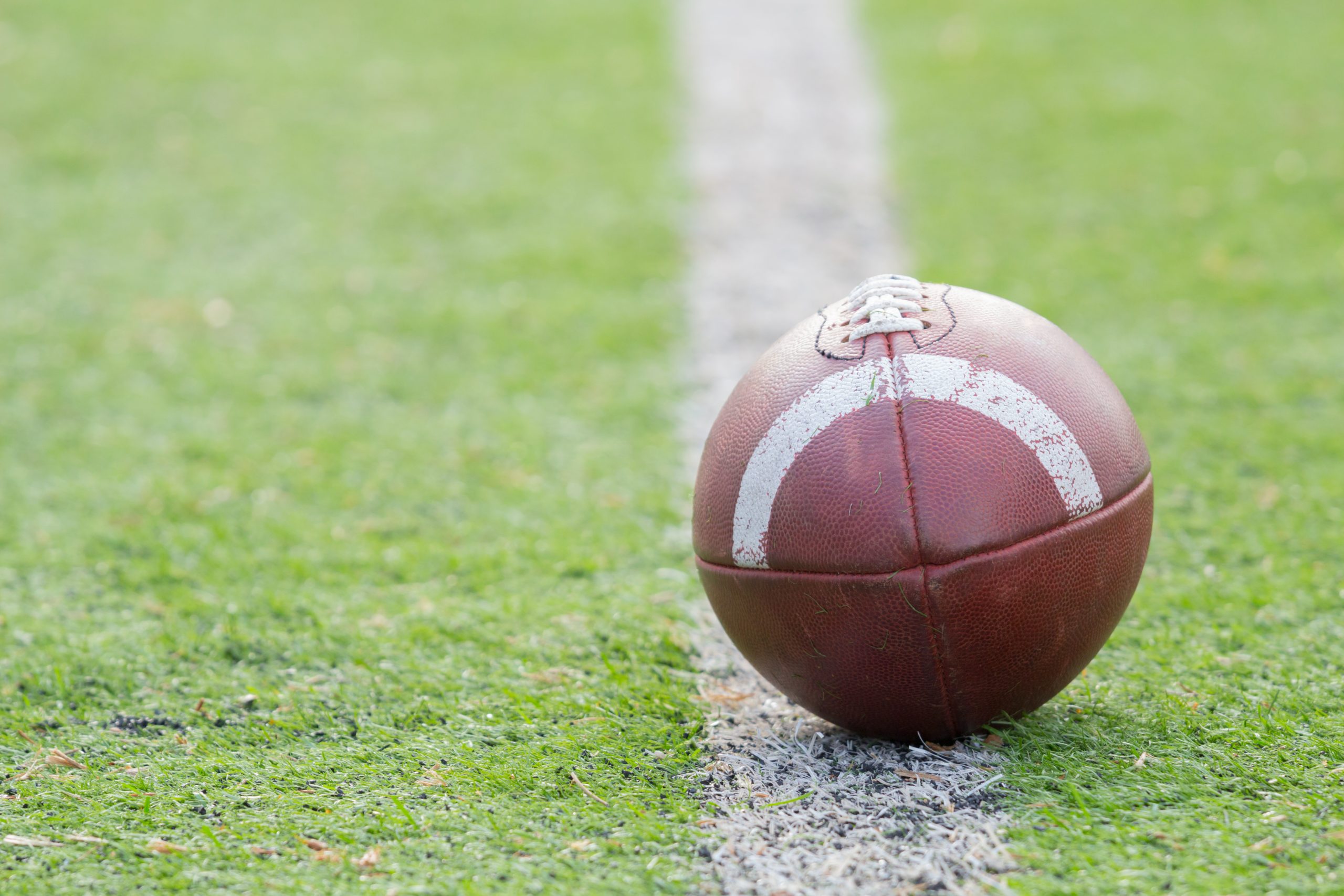Brees played all four years at Purdue. He saw spot duty as a Freshman in 1997 before becoming a three-year starter. He compiled a career passer rating of 132.5 while throwing for 11,517 yards, completing 61% of his passes, for an average of 7.0 yards/attempt, and a total of 88 touchdowns and 45 interceptions. His career record was 33-16 (0.673 winning percentage). Purdue had been a pitiful 12-29 in the four years prior to Brees’ arrival, and fell backwards to a .500 team in the two years following his departure. There was a clear “Drew Brees Era” at Purdue.
Wilson started his career at NC State. He started getting a few reps early in the season, and by the sixth game had earned the starting job. He took a team that started 2-6, and led them to a 4-1 finish. He went on to start two more seasons for the Wolfpack going 14-11 over that span. He eventually transferred to Wisconsin, after giving major league baseball a shot, and 11-3 last season. Over the course of his career, he had a passer rating of 147.2 while throwing for 11,720 yards, completing 61% of his passes, for an average of 7.9 yards/attempt, and a total of 109 touchdowns and 30 interceptions. His career record was 31-21 (0.596 winning percentage). NC State had been 20-27 in the four years before Wilson arrived, but only stepped back one game in the year following his departure. It is harder to argue Wilson was a change agent all by himself, when compared to Brees.
Wilson had better numbers in college than Brees. His interception ratio was particularly impressive, considering he threw 15 fewer interceptions than Brees even though he started more games. Brees’ best year was as a sophomore when he three for 3,983 yards, 39 touchdowns and 20 interceptions, a 137.8 rating. Wilson’s best year was his senior season when he threw for 3,175 yards, 33 touchdowns and 4 interceptions, a record-setting 191.8 rating. Where the two players differed was in the nature of the offenses they ran.
Brees was in a pass-heavy system that had him averaging 532 pass attempts per year over his three years of starting. Wilson was in more balanced systems. His career high in pass attempts was only 527 in his final year at NC State. Wilson averaged 372 pass attempts per year. It is worth noting that in the one year Wilson attempted over 500 passes, he had his lowest passer rating (127.5).
Brees completed at least 60% of his passes in each of the three seasons he started. Wilson only eclipsed the 60% mark in his final year, when he completed 73% of his passes. Brees never approached 70%, with his high being 63%.
Some people like to compare Wilson to Seneca Wallace. Both are under 6’0″ tall. The comparison mostly ends there. Wallace almost threw as many interceptions in his two seasons at Iowa State (27) as Wilson did in four years (30). Wallace threw more picks than touchdowns (26), completed only 57% of his throws, and actually was worse as a senior than as a junior.
The simple stats seem to support the comparisons to Brees far more than the comparisons to Wallace. Throw in the stronger arm, the great intangibles, and the better athleticism, and it is easy to start believing that the 1-2 inches that separates the players in height may not matter.
As great as Brees is an NFL starter, he only played in one game his rookie year, and then compiled pedestrian passer ratings of 76.9 and 67.5 in his first two years as a starter. He blossomed in his fourth season with a rating of 104.8, and has not been below 89.2 since. Interestingly, there has been some efficacy in how his college stats projected into the pros. For example, he had an interception percentage (the percentage of his pass attempts that resulted in an interception) of 3% in college. He has an interception percentage of 3% in the pros. He had a touchdown percentage of 5% in college, and has a touchdown percentage of 5% in the pros. Wilson checked in with a 7% touchdown percentage and 2% interception percentage in college.
Maybe the comparisons of Wilson to Brees aren’t fair after all. Wilson may be better.
